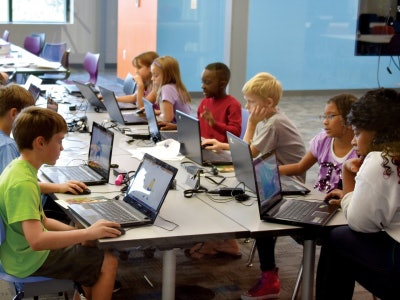The gap in kindergarten academic readiness between high- and low-income families narrowed by at least 10 percent between 1998 and 2010, marking a sharp reversal of a troubling, decades-long trend.

Academic researchers attributed the improved preparedness, in part, to low-income parents spending significantly more time reading to their children, taking them to museums and introducing them to educational games on computers. Many experts advocate early intervention in terms of policy and resources to close the readiness gap as a means of yielding major improvements in cognitive, academic and social outcomes.
However, researchers also cautioned against becoming overly optimistic. Despite the narrowing of these readiness gaps, they remain large and, in fact, progress is so slow that at the rate that improvements are occurring, it will take at least 60 years for disparities to be eliminated.
These are among the findings in a pair of new studies published last week in the current, quarterly issue of AERA Open, a journal of the American Educational Research Association.
In one study, titled “Recent Trends in Income, Racial and Ethnic School Readiness Gaps at Kindergarten Entry,” the authors noted that, over the past 20 years, the academic achievement gap for cohorts of children born in the mid-1970s and mid-1990s had grown by about 40 percent.
For their study, researchers compared and contrasted the reading, writing and math skills of about 17,000 students who entered kindergarten in 2010 with those of about 20,000 counterparts from 1998. To examine the income gap, the researchers focused on students from families in the 10th and 90th percentiles of this country’s income distribution.















